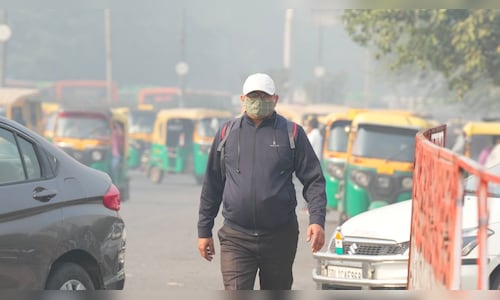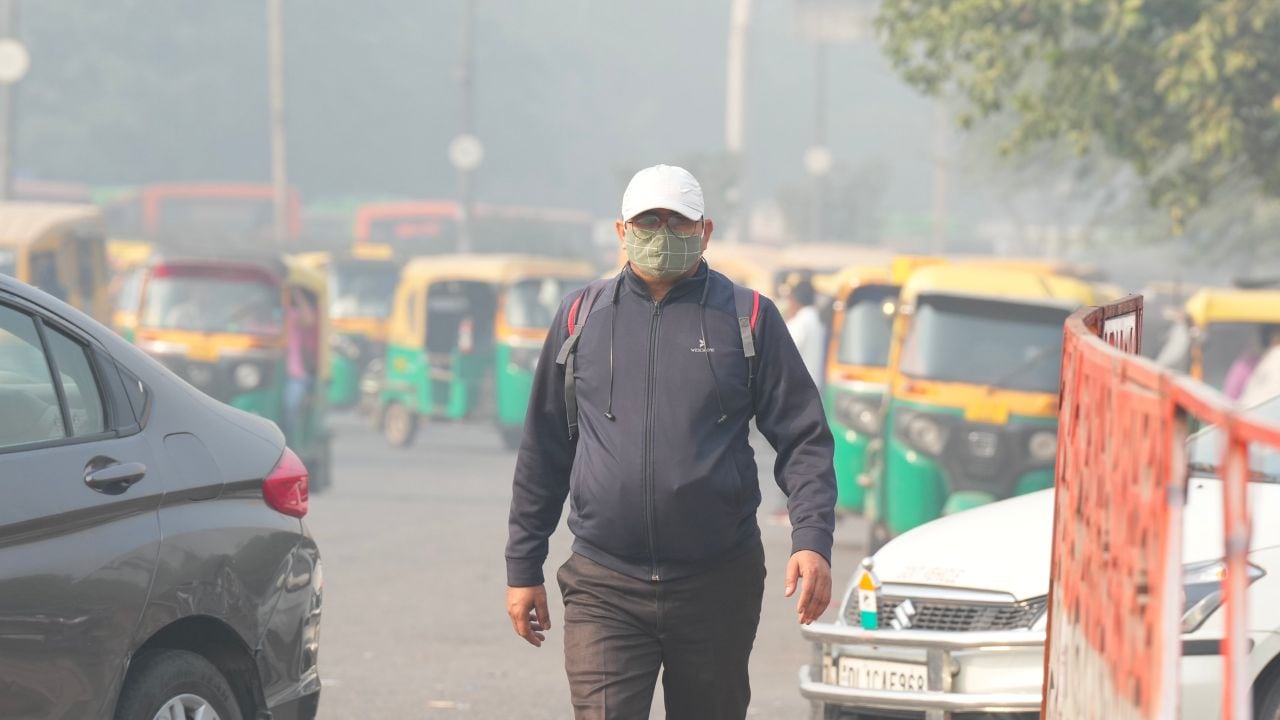

At 4 PM on Friday, Delhi’s 24-hour average Air Quality Index (AQI) stood at a hazardous 371, reflecting a steep rise in pollution levels. Forecasts from the India Meteorological Department (IMD) and the Indian Institute of Tropical Meteorology (IITM) suggest that air quality in the region may worsen further in the coming days due to stagnant atmospheric conditions.
What are the key measures under GRAP stage 3?
Stage 3 restrictions, which were lifted just last week, have been reinstated to mitigate the alarming pollution levels. The measures include:
Construction Ban: A complete ban on non-essential construction and demolition activities across Delhi-NCR.
Hybrid Classes for Young Students: Schools up to Grade V must transition to hybrid learning modes, offering parents and students the choice of online education.
Vehicle Restrictions: 1) The use of BS-III petrol and BS-IV diesel four-wheelers is prohibited in Delhi and nearby NCR districts, except for individuals with disabilities. 2) Non-essential medium and heavy goods vehicles operating on diesel with BS-IV or older emission standards are barred from entering Delhi.
The CAQM emphasised the immediate implementation of these measures to prevent a further escalation in pollution levels, urging strict compliance from local authorities and residents.
Delhi-NCR faces a recurring challenge with air quality, particularly during winter months when unfavourable weather conditions trap pollutants closer to the ground. This year, the situation is compounded by stagnant winds and high moisture levels, making pollution mitigation efforts even more critical.
First Published: Jan 3, 2025 6:24 PM IST



